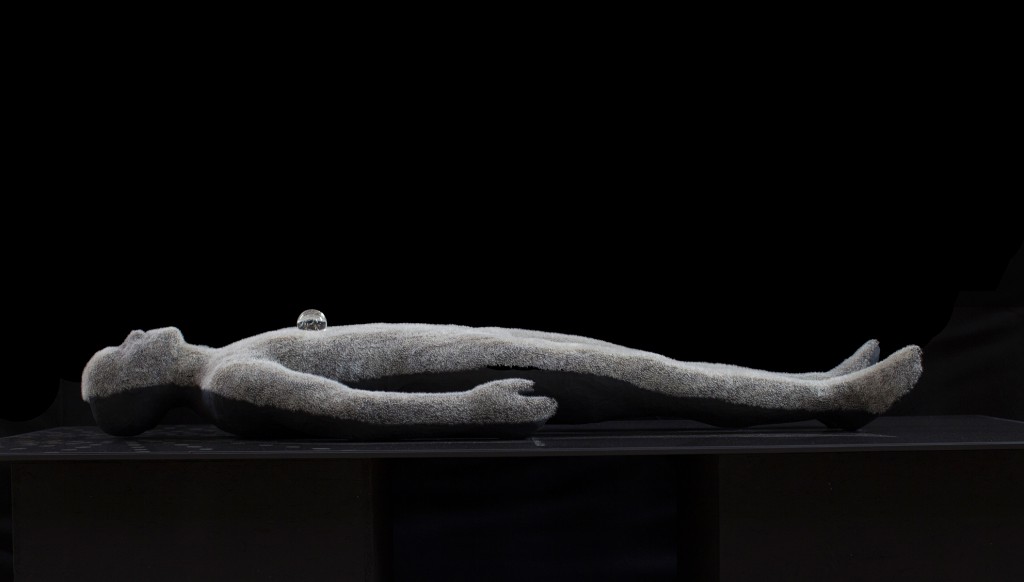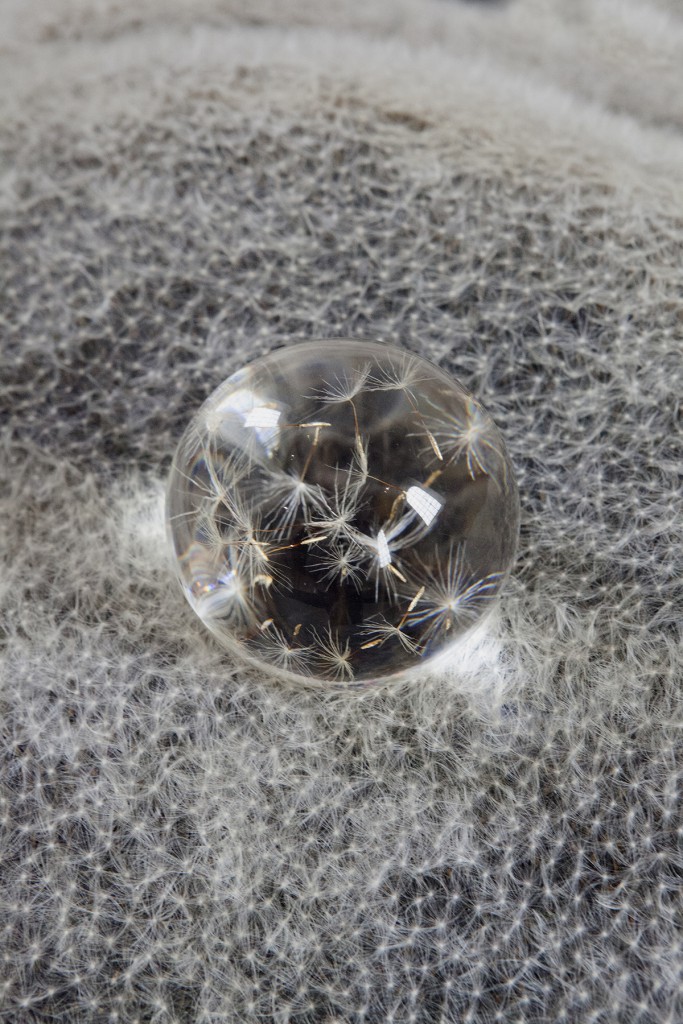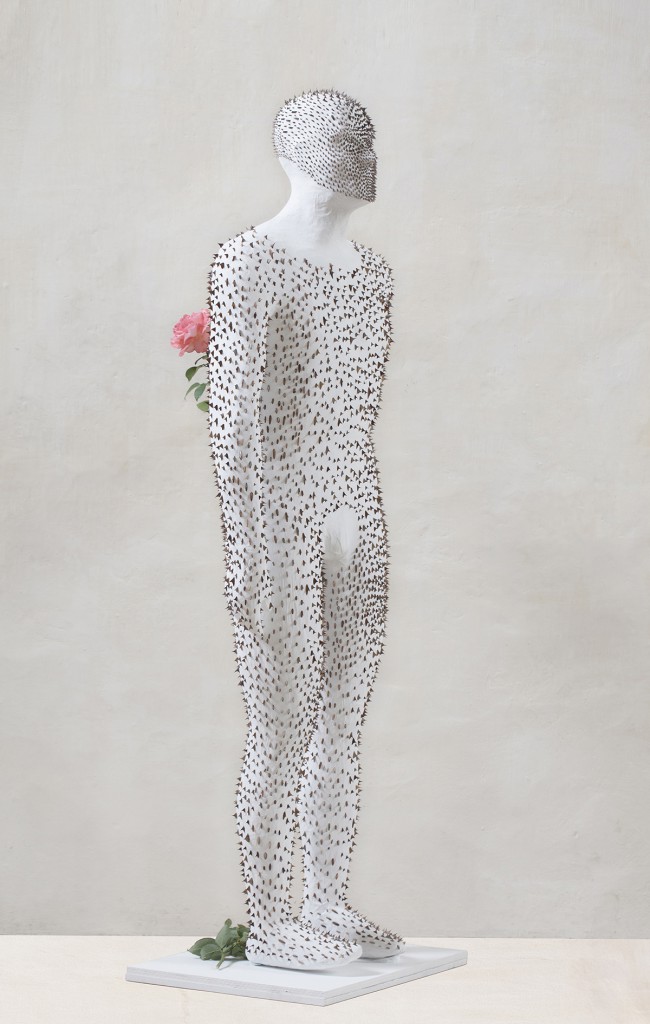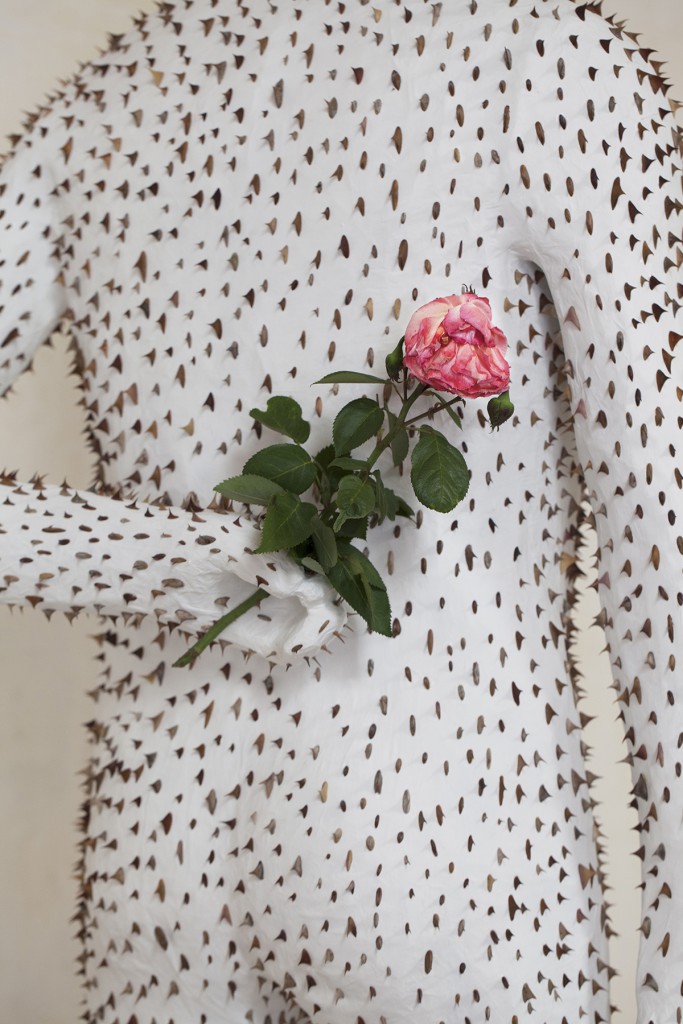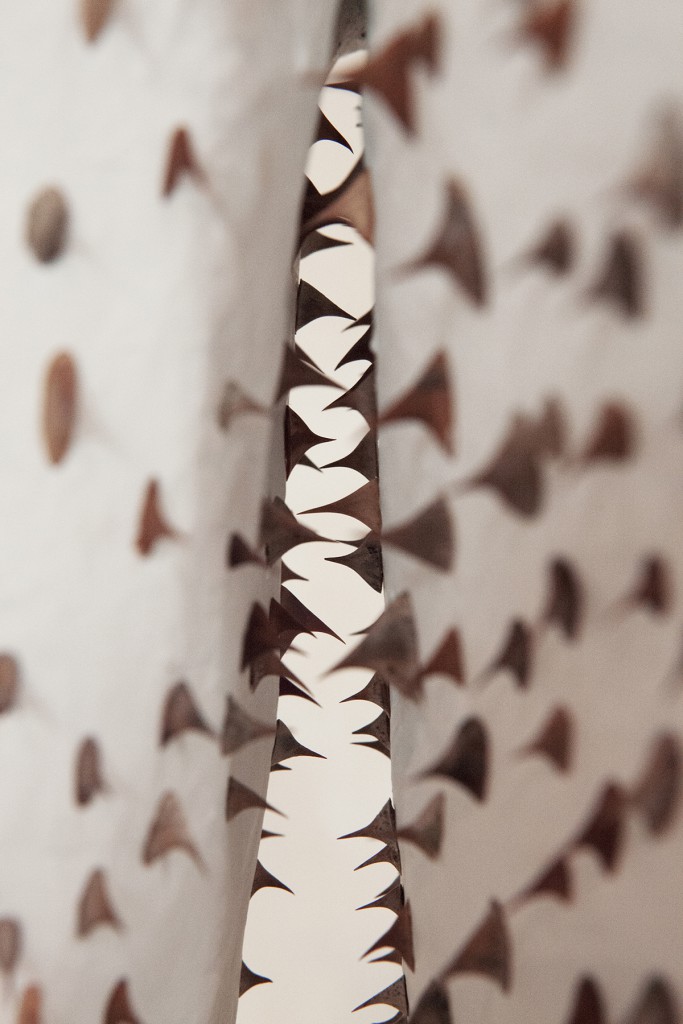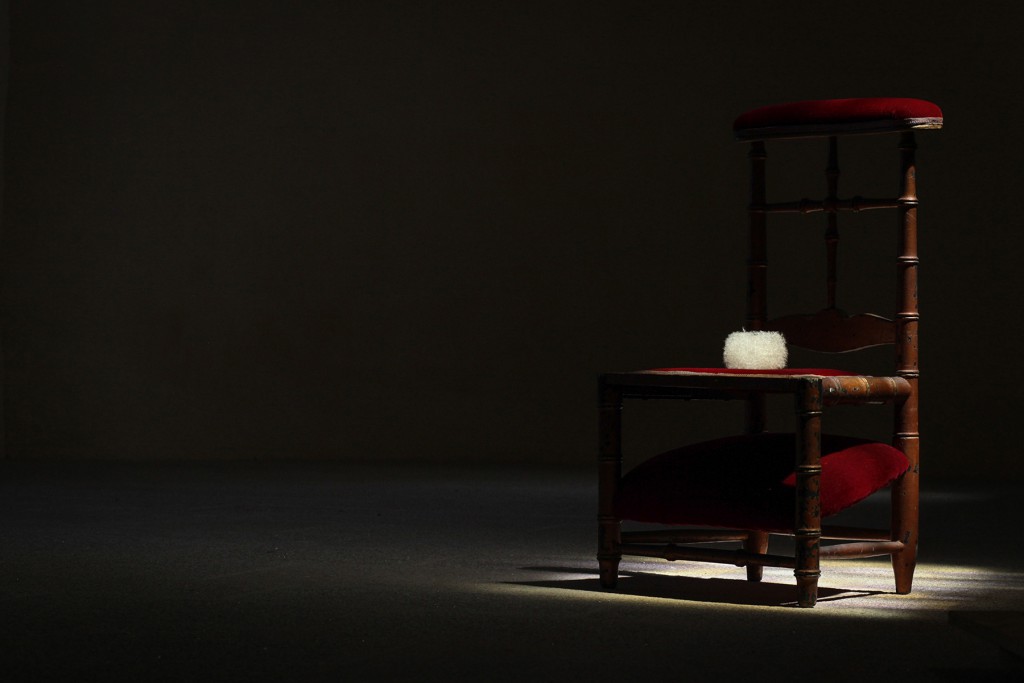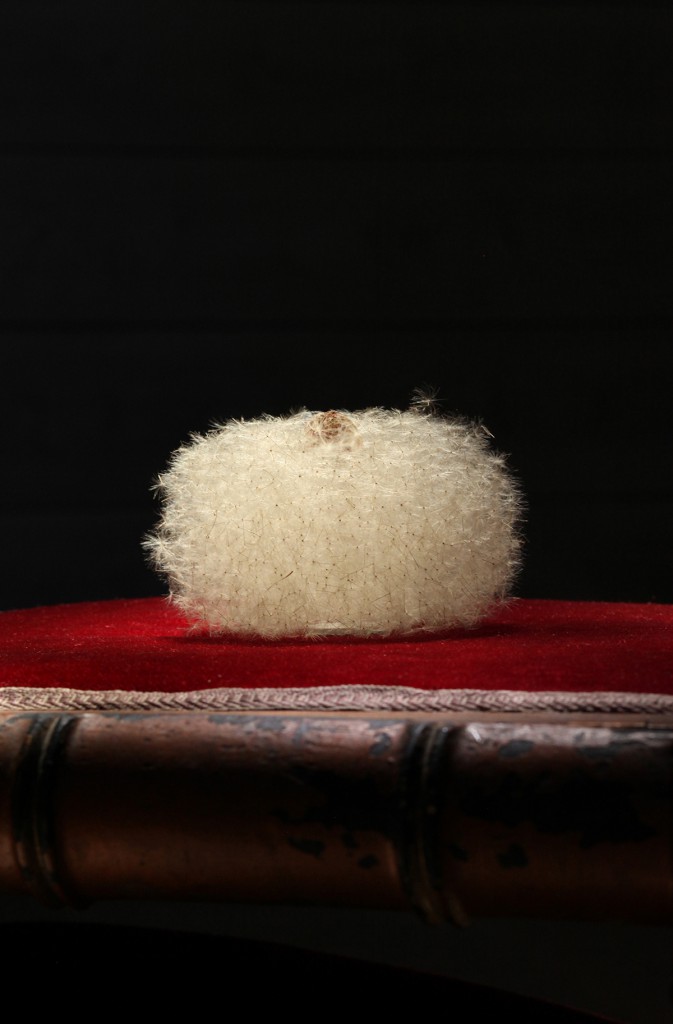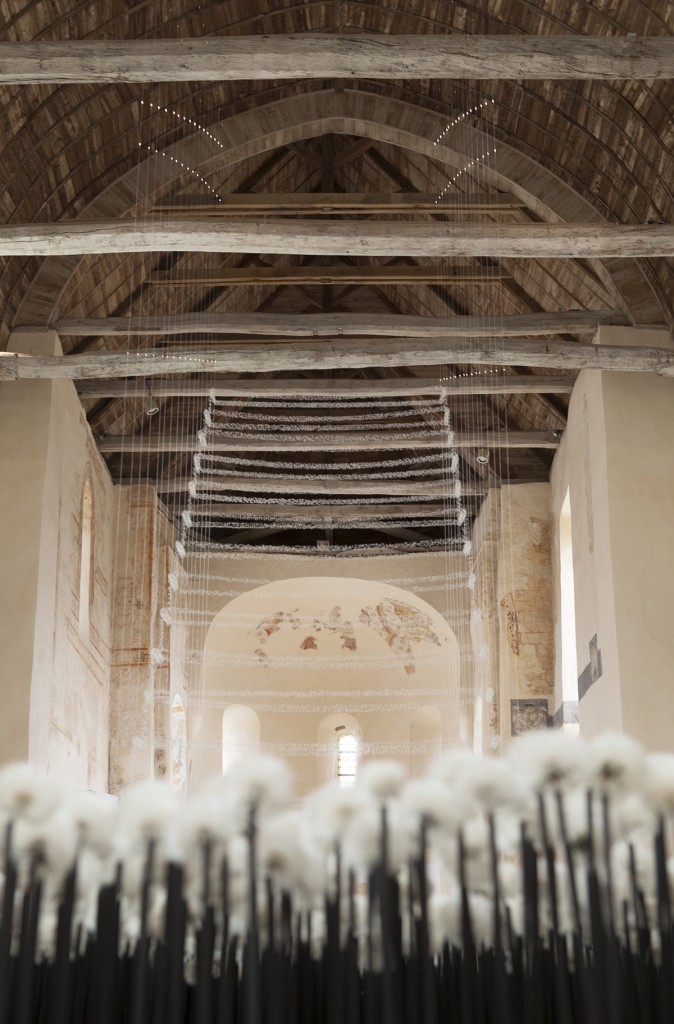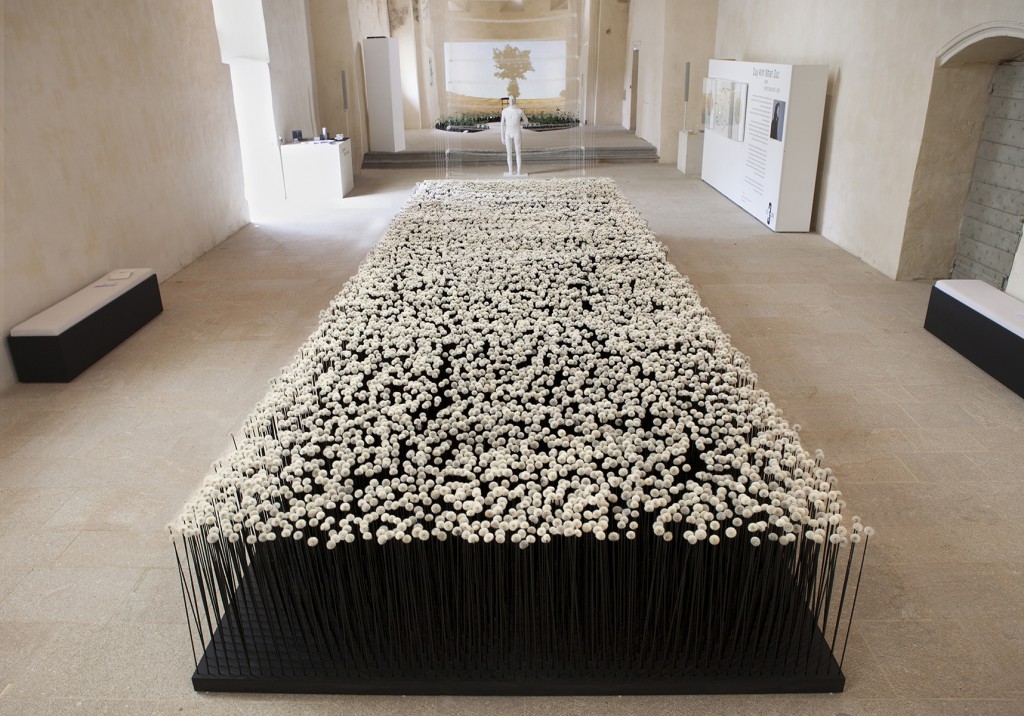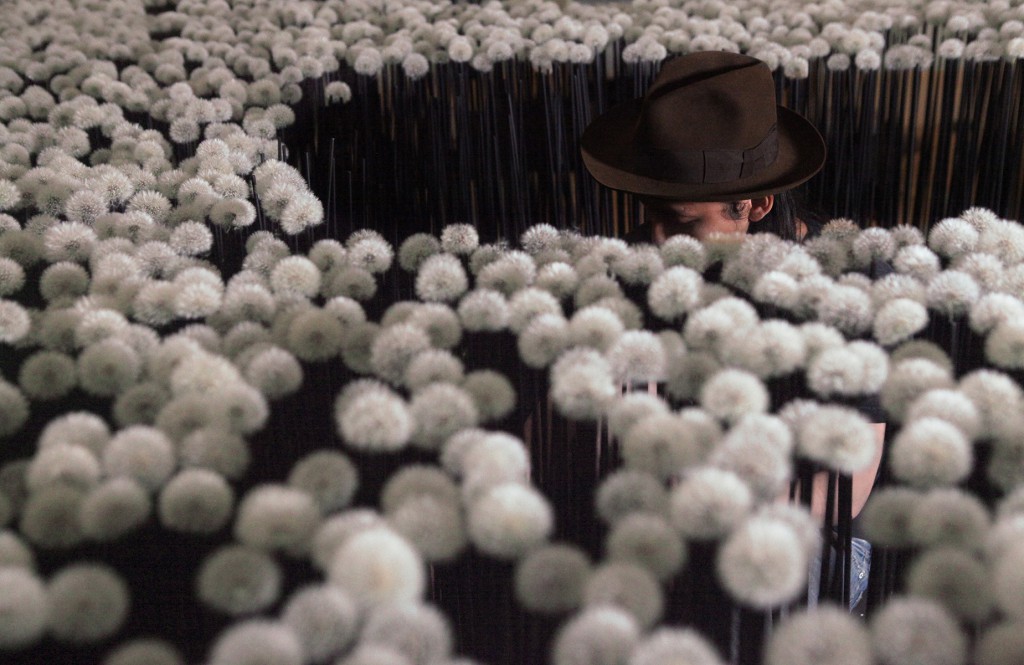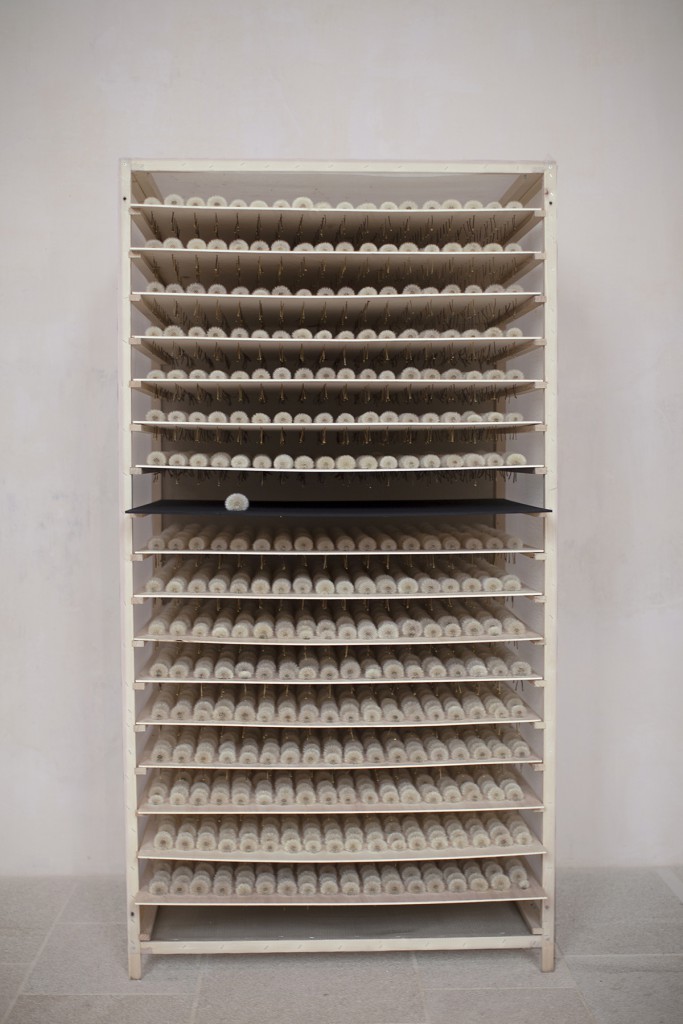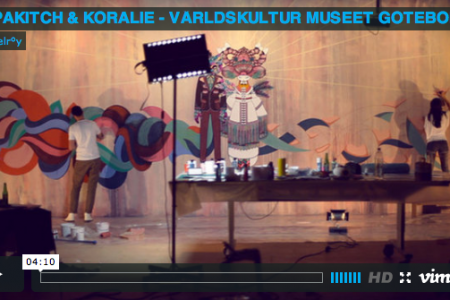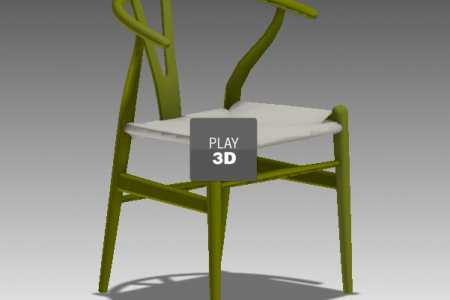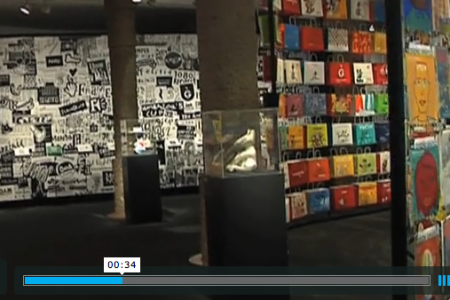
Duy Anh Nhan Duc’s Floral Hope
After the closing of Hope, his recent show at the Art Center of Châteaugiron in Brittany, the botanical artist reflects on the ephemerality and complexity of his source materials
Artist Duy Anh Nhan Duc works with a fickle partner: handfuls of botanical specimens that, as extant beings, have a will and a life of their own. This hasn’t stopped the Vietnam-born, Paris-based creator from putting together sculptures featuring thousands of them at a time: in fact, he did just that with his latest exhibition, Hope, on display this past summer at the Art Center of Châteaugiron in Brittany.
We talked with Nhan Duc about the painstaking process of collecting and working with these materials, as well as their conceptual power —and the timeliness of their message in an age where the results of ignoring climate change are finally upon us.
TLmag: What is it about dandelions that inspires you, both visually and conceptually?
Day Anh Nhan Duc: The dandelion always holds a very special place in my work —it’s like my kryptonite. For me it evokes all the beauty of the world and at the same time all its fragility. They are a wonderful ingenuity of nature. Under their apparent fragility, they are one of the most skilful and vigorous species in the plant kingdom. They evoke untamed nature, free and wild. The dandelions are ever-present in my work because they fascinate me: the architecture of their seeds arrangement, the lightness and brightness of their feathery tuft and, above all, their ephemeral nature.
Also, it blooms in almost every part of the world, so no matter who you are or where you come from, the dandelion exhales for everybody a sweet melody of childhood. In its presence, we are all caught up in a sort of universal pleasure, with only one thing in mind: to blow and see its thousands of shooting stars fly away. It has the faculty to connect us immediately with the inner child that is in each of us, at a time of our life where we still cultivated this privileged link with nature.
TLmag: When you set the fragility of the dandelion against a supine, immobile human shape (L’éveil), what’s your intention, your message regarding mankind’s complexity?
DAND: Hope, my last exhibition, took place in the heart of a 12th-century chapel in Brittany, a place originally linked to religion that has now been turned into an art center. My wish through this exhibition was to say that nature revives, with its sacred character and gains back its place as a living matrix. I imagined botanical installations to invite people to connect with nature in a place that encourages communion, so in this sense L’éveil (Awakening, in English), a sculpture of an immobile human shape down on his back in a neutral position close to the ground, is a being in communion with Earth. The thousands of fragile dandelion seeds —seeds as fragile as consciousness, put to the test of life— that covered this being evoke his conscience.
TLmag: Which techniques do you use to deal with the ephemerality of your source material?
DAND: Time and patience are key. Every species of plant is unique, so each artistic project is a new source for learning. Defining the process to carry out a piece is a phase that can take a long time in order to achieve the desired result. Les cimes du ciel, the main installation in my exhibition, required no less than 12,000 dandelions, all picked by myself in the wild. It took months to develop this exhibition, and the secret results from the picking and the dying process. I live and work with the rhythm of the seasons without using a process that would not be natural or that could distort the plant.
TLmag: How do you decide where to obtain these materials? Not just the botanical ones, but also precious stones and metals.
DAND: This is not something I decide —I go where are the plants are. It all depends of the season, the weather and what I am looking for. It could be in Paris or its surroundings, or in the countryside in the north or southwest of France. A big part of my creations come from the inspiration that I I get during my walks. I love getting lost in nature: I can spend days in the wilderness, contemplating and collecting. I’m not a botanist, so when I look at a species, it is a kind of blank page to try to create a language with plants.
Regarding the precious stones and metals that I use in my sculptures, they are all antique and collected from antique dealers.
TLmag: What is it about rose thorns that makes you think of hope?
DAND: Hope, the sculpture of a human being standing up, completely covered in thorns, represents the carapace that we sometimes build to protect us but that can, at the same time, isolate us. This human hides on his back a fresh flower, which fades over the days and then renews. This lifelong rebirth lets us glimpse a glimmer of hope —the hope of dropping the barriers to enter into the path of change.
TLmag: Do you think botanical-based art displays experienced a bump after Raf Simons’ stint at Dior?
DAND: Flowers reigned supreme during Raf Simons’ fashion shows at Dior. Those walls created by Bureau Betak and Eric Chauvin were splendid, but I don’t think they created a bump for botanical-based art. Botanical art is not new: nature has inspired artists since time immemorial. But nowadays the issue is different: we need to recognise nature as a key component of our future. To ensure a sustainable quality of life for generations to come, we need to get back in harmony with nature. So botanical-based art no longer implies the same issue.
TLmag: So how do you evaluate the timeliness of botanical art at a moment where global warming deniers sit atop one of the most powerful governments in the world?
DAND: It is unbelievable that the issue of climate change is not yet an obvious fact for all. The ecological, social and economic crises we face are unprecedented. The model of our society leads to its loss. We are at a crossroads, but the deep change will not come from governments but from individual action. If we want to ensure a sustainable quality of life for generations to come on the planet, we need to deeply change the vision that we have of the world and of society —and we an turn this change into action in our everyday lives. Planet Earth is, to this day, the only place where we can live, and we have to take care of it. For me, botanical art is one of the ways to express our consciousness of nature, a link that we have to improve.
TLmag: Years ago, you took your dandelion-filled-glasses to an exhibition at Colette. As the spot is unfortunately on its farewell tour, closing this December, how important do you think these jack-of-all-trades conceptual/commercial spaces are in pushing the career of young artists?
DAND: My collaboration with Colette was such a great experience and a powerful push in my artistic career. Sarah Andelman, the artistic director of Colette, asked me to imagine their Christmas windows. I introduced her to my lucky-charm character, M. Bibor, a celestial bear, blower of dandelions and creator of stars. It was a huge project: an exhibition in the wintertime with more than 5,000 natural dandelions. It was my first exhibition with dandelions installations, and she gave me a chance even if I was an unknown artist. This exhibition took place in 2014 and it still remains one of my favourites.
Collaborating with Colette is such a great opportunity for a young artist, and I was lucky to be a part of their story. I wish Sarah, Colette and their team all the best for the future, which I am sure will be still rich of visionary and powerful projects and meetings.
TLmag: Have you ever received a request for a commission that surprised you?
DAND: Every request I’ve received has been in harmony with my artistic approach. So no surprises! The last one I did was for the Dragonfly Collection of the Foundation Primat- Schlumberger, presented in a wonderful property in France called Le Domaine des Etangs. It’s a place dedicated to nature that invites us to cultivate a link with it. I imagined for them a series of frescos and sculptures inspired by the five elements of life, each symbolised by specific plants, from pine bark to hydrangeas —and, of course, dandelion seeds.
